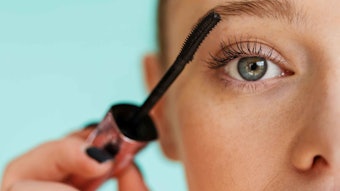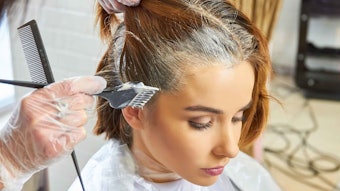It is 2013—the year of the new cosmetics regulation in the European Union (EU). This “recast” of the 1976 Cosmetics Directive was intended to make things simpler, but does it? In some respects, yes—by clarifying certain parts of the past directive that were open to interpretation. The new regulation also should reduce the number of civil servants required in EU member states, since as an EU law, it does not require local enactment in each separate country. This has to be a good thing, in line with the austerity program, unless one regards it as just another example of the EU’s stealthy take-over of a nation’s sovereignty. However, though it is a good business opportunity for consultants and safety assessors, it is making life much harder, in some respects, for smaller companies that do not have the impressive resources of cosmetic multinationals behind them.
The purpose of this article is to review and comment on the EU’s regulatory position, as of the first half of 2013, on hair dyes—or is it hair colorants?—and will ignore all the other segments addressed by the EU, for now. It will consider how the new regulation may have made this area subject to greater interpretation, rather than less.
Overview
A basic mistake: The first Cosmetics Directive 76/768 envisaged a “positives” or approved list for hair dyes, which is hidden among the “whereas” statement in its opening text. The directive states: “Whereas it is necessary, on the basis of scientific and technical research, to draw up proposals for lists of authorized substances, which could include antioxidants, hair dyes, preservatives and ultraviolet filters, taking into account in particular the problem of sensitization.”







!['I think the biggest game-changer about [MoCRA's] ... requirement for GMPs is how it changes what it means to be adulterated,' Brandi Reinbold, senior manager of global certification for NSF International, said in this sponsored videocast. Register now to watch and learn more. It's free.](https://img.cosmeticsandtoiletries.com/files/base/allured/all/image/2023/11/NSF_Intl_Thumbnail.6554efdc29816.png?auto=format%2Ccompress&fit=crop&h=191&q=70&rect=275%2C70%2C1328%2C748&w=340)


